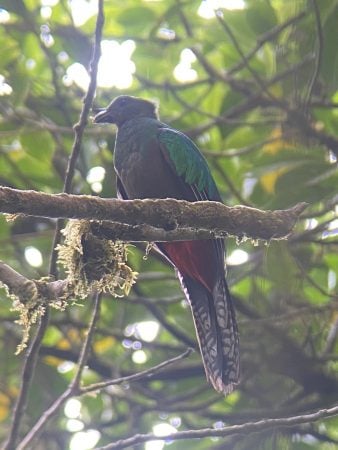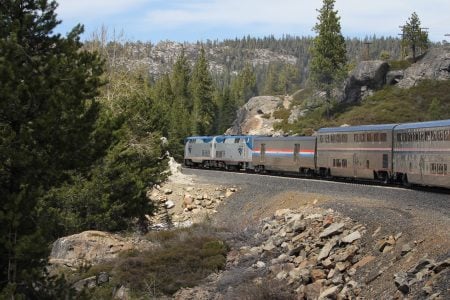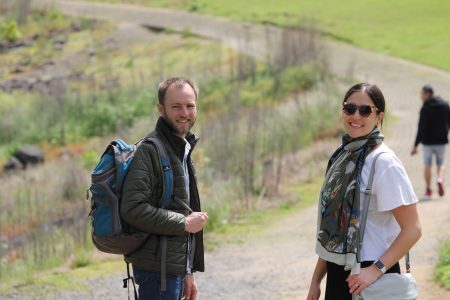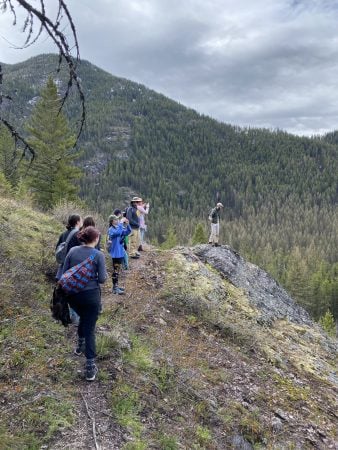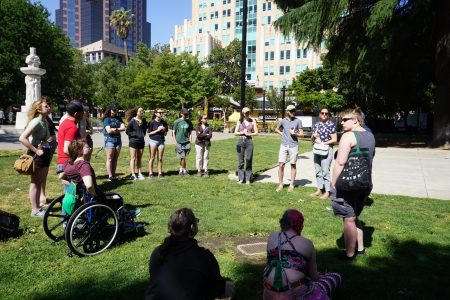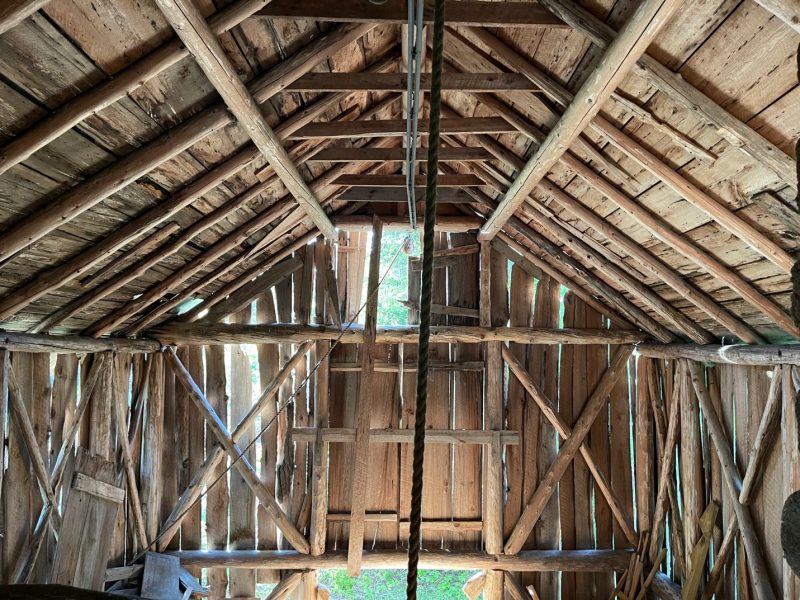Melia Austin immerses herself in her learning. One example: is a trip to Costa Rica during the summer of 2022 with fellow Michigan Tech students interested in sustainability. Building on what they learned at Michigan Tech, they observed what Costa Rica has done to become more sustainable in terms of environment, ecology, water treatment, and more. Plus, Melia immersed herself in the Costa Rican community, where she practiced her Spanish and earned credits toward her minor in Spanish.
Melia said, “I wanted to use what I’ve learned in my Spanish classes to grow in my understanding of the world, and learn about sustainability inside and outside of the classroom.” Day trips around Costa Rica greatly enhanced her learning.
Immersed in Sustainability
The day trips brought sustainability to life. A visit to a natural hot spring showed how Costa Ricans benefit from this sustainable form of energy. They also hiked through a sustainable forest where they saw a quetzal. This is a rare bird found in Costa Rica. Sustainable forests give species like the quetzal places to thrive. The forest was not only environmentally sustainable, but also socially, and economically sustainable. As a result, Costa Rica is able to identify and manage the impacts of businesses and people on the environment and adjust accordingly to be sustainable. She noted that the rainforest and its management met the criteria of the three pillars of sustainability that they learned about in their classes.
There were lots Melia enjoyed during her time in Costa Rica. Melia’s favorite thing was “attending a conference about sustainability with graduate students and professors from different universities.” She was able to diversify her learning about sustainability by connecting with others from different universities. This enhanced her experience as she immersed herself in new opportunities to learn about sustainability.
Study Abroad Takeaways From Melia
When asked what advice she would give to students considering studying abroad she said, “You are at a unique point in your life where you have the freedom and autonomy to travel and learn new things that might change how you see the world. It might even change your future plans.” In Costa Rica, she learned to be independent and travel independently. She is applying those learnings in a gap year in Senegal where she volunteers on a hospital ship. Immersing herself in Senegalese culture and the hospital environment, her goal is to gauge her interest in a career in medicine.
Learn about Melia and the other Michigan Tech students’ experiences in Costa Rica on the Costa Rica blog. Michigan Tech offers a number of study-abroad options in Costa Rica, Cumbria, Mexico, and Wales.

